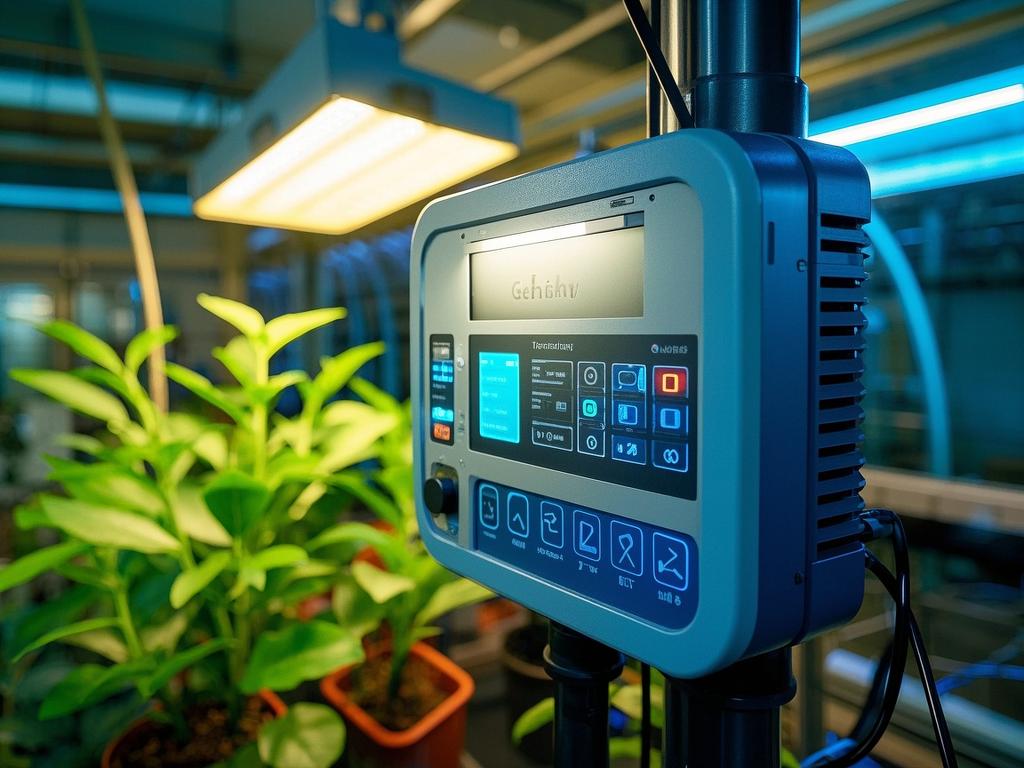
# Smart Energy-Efficient Lighting Systems: Illuminating Spaces Responsibly
In the ever-evolving landscape of technology, few innovations have the potential to revolutionize our lives quite like smart energy-efficient lighting systems. These cutting-edge marvels are not just about shedding light on our surroundings; they're about doing it with a conscience, optimizing energy consumption, and transforming the way we interact with our spaces. Buckle up, folks, because we're about to embark on a journey through the dazzling world of smart lighting!
## The Rise of Smart Energy-Efficient Lighting
Gone are the days of clunky, energy-guzzling incandescent bulbs. Smart energy-efficient lighting systems have emerged as the new kings of illumination, offering a plethora of benefits that are hard to ignore. With advancements in LED technology, these systems can now provide the same amount of light while consuming a fraction of the energy. In fact, according to recent studies, LED lights can use up to 80% less energy than traditional incandescent bulbs, making them a no-brainer for anyone looking to reduce their energy bills and carbon footprint.
But it's not just about energy savings. Smart lighting systems also offer a level of control and customization that was previously unheard of. With the ability to connect to Wi-Fi and be controlled via a smartphone app, you can adjust the brightness, color, and even the schedule of your lights with just a few taps of your finger. Whether you're looking to create a cozy atmosphere for a movie night, brighten up your workspace for a productive day, or set the mood for a romantic dinner, smart lighting has got you covered.
## The Impact on Our Lives
The impact of smart energy-efficient lighting systems extends far beyond our homes and offices. These systems are also being used in a variety of other applications, from streetlights and traffic signals to industrial lighting and healthcare facilities. In the case of streetlights, smart lighting can help reduce energy consumption by adjusting the brightness based on the time of day and the level of traffic. This not only saves energy but also improves safety by ensuring that streets are well-lit when they need to be.
In industrial settings, smart lighting can help optimize productivity by providing the right amount of light in the right places. By using sensors to detect the presence of workers and adjust the lighting accordingly, companies can reduce the risk of accidents and improve the quality of their products. In healthcare facilities, smart lighting can also play a crucial role in patient care. By using lighting that mimics natural daylight, hospitals can help regulate patients' circadian rhythms, improve their mood, and reduce the risk of depression and other health issues.
## The Future of Smart Lighting
As technology continues to evolve, the future of smart energy-efficient lighting systems looks brighter than ever. We can expect to see even more advanced features and capabilities, such as voice control, motion sensing, and integration with other smart home devices. Imagine being able to turn on your lights, adjust the temperature, and play your favorite music all with a single voice command. With the development of artificial intelligence and machine learning, smart lighting systems will also be able to adapt to our changing needs and preferences, providing us with a personalized lighting experience like never before.
But perhaps the most exciting development in the world of smart lighting is the emergence of the Internet of Things (IoT). By connecting smart lighting systems to other IoT devices, such as thermostats, security cameras, and smart appliances, we can create a truly intelligent home ecosystem that is capable of automating our daily routines and making our lives more convenient and efficient. For example, you could set your lights to turn on automatically when you arrive home, adjust the temperature based on your preferences, and arm your security system all with a single command.
## The Challenges Ahead
Of course, with any new technology, there are always challenges to overcome. One of the biggest challenges facing the smart energy-efficient lighting industry is the issue of compatibility. With so many different manufacturers and products on the market, it can be difficult to ensure that your smart lighting system will work seamlessly with other devices and platforms. This can lead to frustration and disappointment for consumers, who may find themselves having to purchase multiple products from different brands to get the functionality they want.
Another challenge is the issue of security. As smart lighting systems become more connected and vulnerable to hacking, there is a growing concern about the security of our homes and personal information. To address this issue, manufacturers need to ensure that their products are equipped with robust security features, such as encryption and authentication, to protect against unauthorized access and data breaches.
## Conclusion
In conclusion, smart energy-efficient lighting systems are a game-changer in the world of illumination. With their ability to save energy, provide control and customization, and enhance our lives in countless ways, these systems are quickly becoming a must-have for homeowners, businesses, and anyone looking to make their spaces more sustainable and intelligent. While there are still challenges to overcome, the future of smart lighting looks bright, and we can expect to see even more exciting developments in the years to come. So, what are you waiting for? It's time to embrace the power of smart energy-efficient lighting and start illuminating your spaces responsibly!
Are you ready to join the smart lighting revolution? Let us know in the comments below! And don't forget to share this article with your friends and family to spread the word about the benefits of smart energy-efficient lighting. Together, we can make a difference and create a brighter, more sustainable future for ourselves and for generations to come.

